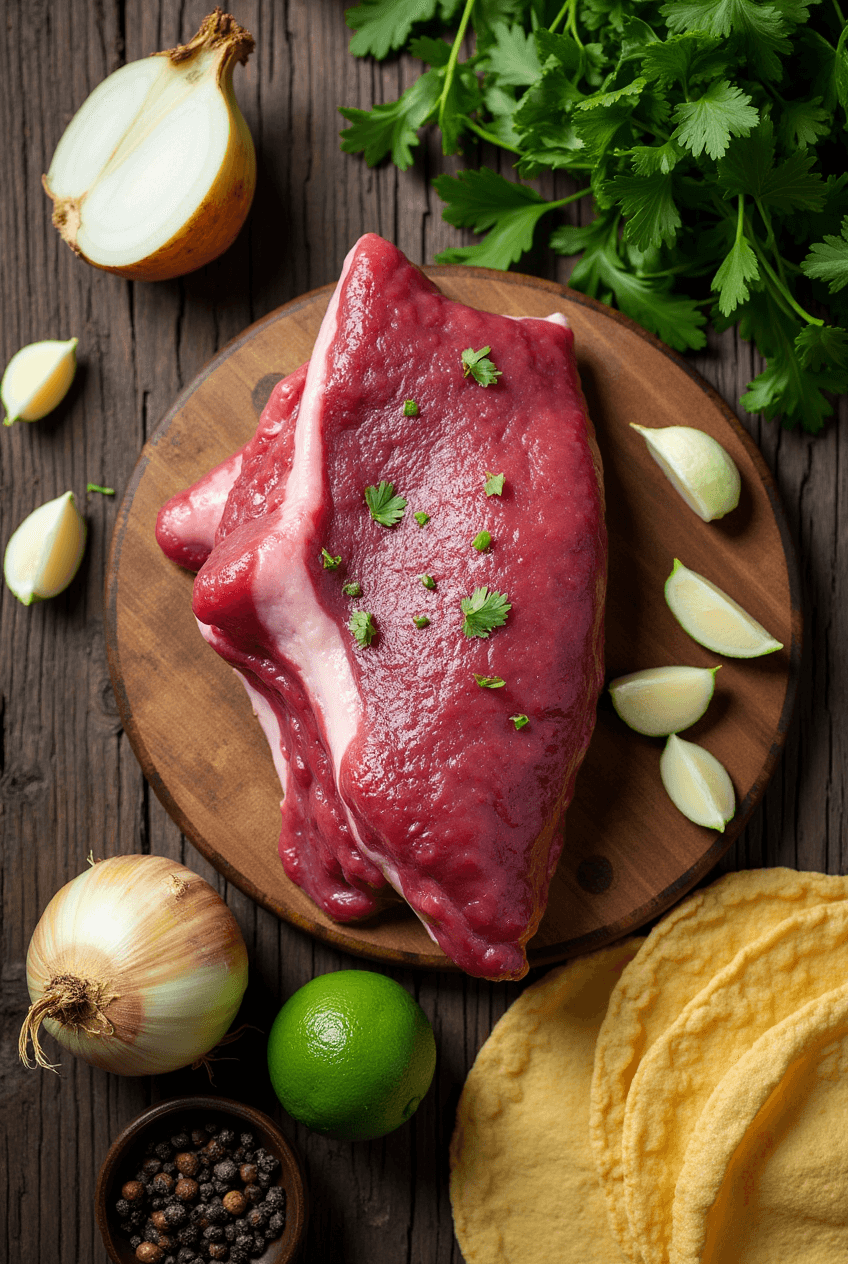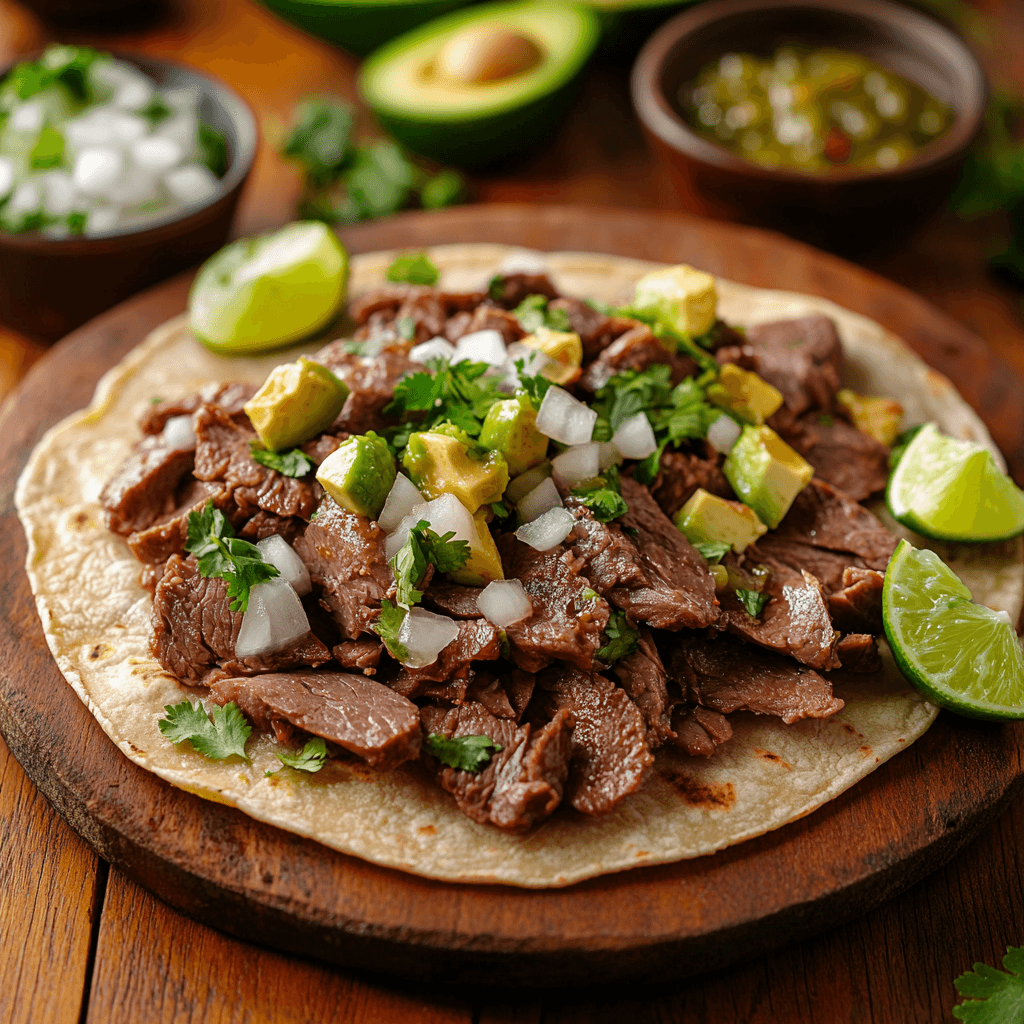Cow tongue in Spanish: Ever eaten something at bottom texture, flavor, and surprise juiced your entire food comfort zone? That’s exactly what Spanish-tongued cow brings to the table. Recognized for its rich, melt-in-your-mouth texture, this traditional dish has charmed its way across the cultures, and once you become acquainted with it, you will know why.
Fun fact: cow tongue, or lengua, is a popular delicacy in many Latin American households and street taco stands. It may look intimidating at a first glance but it is super beginner friendly. That’s right, with just a few easy steps and some basic ingredients you’ll have a scrumptious dinner that’s filled with flavor and gets your family around the dinner table together.
Whether you’re exploring your way through traditional Mexican recipes or simply seeking a new dish to add to your weekly roster, this one’s a winner. It’s quick to make (yes, really!), inexpensive and delivers a bold, savory flavor that’s tough to beat. If you’re a fan of our popular Birria Tacos recipe, you will want to try this next!
Ready to discover a new favorite? Let’s dive into cow tongue in Spanish and why it deserves a spot in your kitchen.
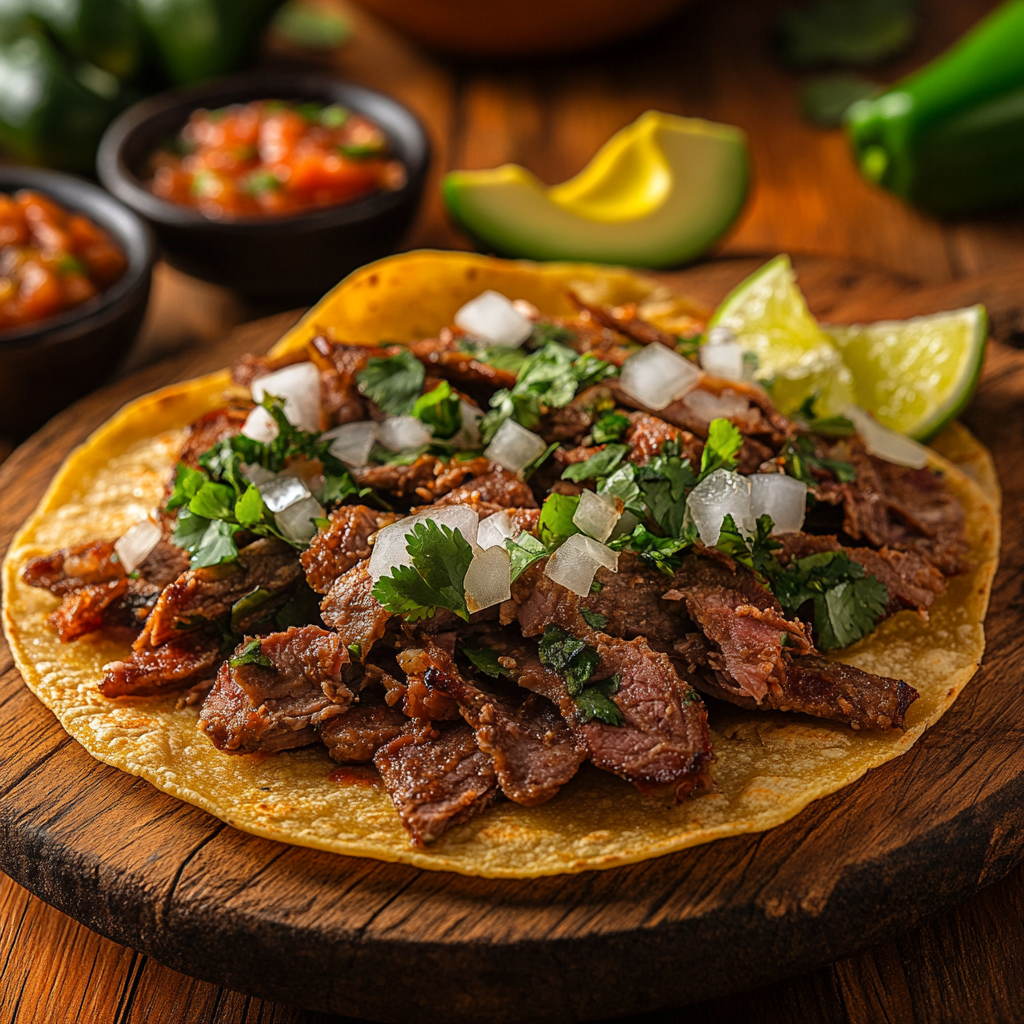
Table of Contents
What is Cow Tongue in Spanish?
Let’s get specific: cow tongue in Spanish is lengua de res, and though your instincts may be screaming otherwise, it’s delicious. Don’t believe me? Just ask any abuela making Sunday lunch!
You may be thinking, “Why the hell would anyone eat tongue? But, really, think about it: if it’s been for generations, it must be good? There’s a reason the saying is the way to a man’s heart is through his stomach — and lengua has charmed quite a few along the way (and their stomachs, too).
So if you’re adventurous or just appreciate finding hidden culinary gems, try some cow tongue in Spanish. It could end up being the most delicious surprise on your table.
Why You’ll Love This Cow Tongue in Spanish Recipe
- Sourced Locally: Cow tongue is often sourced from local farmers and is used in a variety of dishes across the world. When done well, it almost melts in your mouth.
- Budget-Friendly: Compared to premium cuts of beef, cow tongue is surprisingly affordable. Cooking it at home saves money while still delivering big on taste.
- Customizable Toppings: From tangy salsas to fresh cilantro, zesty lime, or even a creamy avocado slice, the toppings make this dish fun and versatile.
If you loved our Carne Asada Tacos, then this recipe will take your tastebuds on a similar, exciting ride. It’s packed with flavor, easy on the wallet, and perfect for sharing. Ready to impress your friends and family? Try making cow tongue in Spanish tonight!
How to Make Cow Tongue in Spanish
Quick Overview
If you loved our Carne Asada Tacos, then this recipe will take your taste buds for a similar exciting ride. It’s big on flavor, easy on the budget and good for sharing. Foreshadowing the deliciousness to come? Tonight, try preparing cow tongue in Spanish!
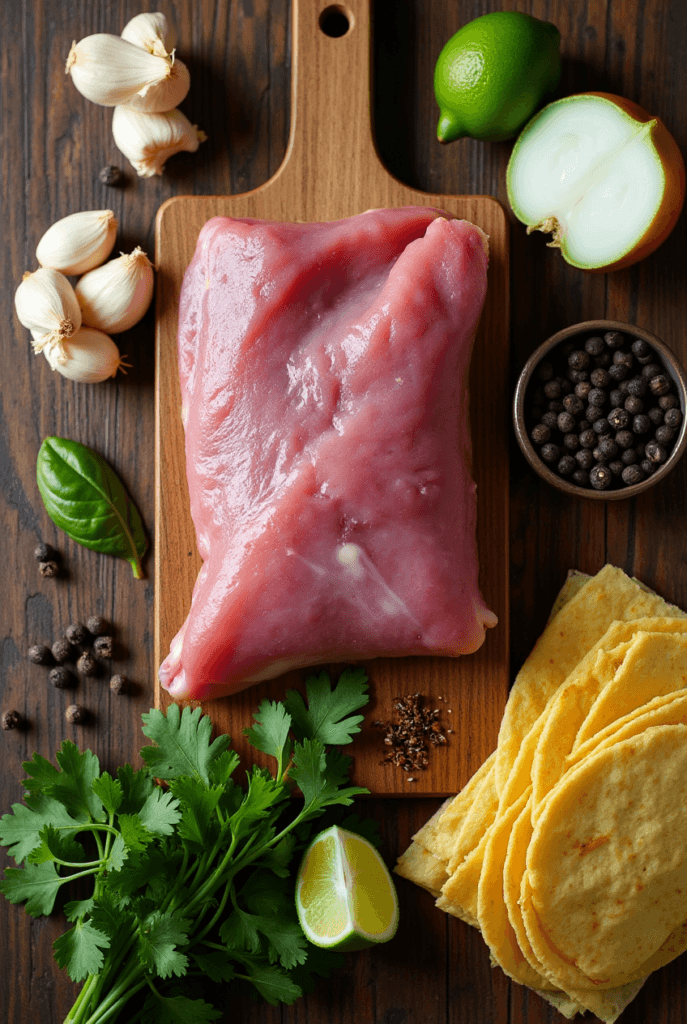

Key Ingredients for Cow Tongue in Spanish:
| Ingredient | Quantity | Notes |
|---|
| Cow tongue | 1 whole (3–4 lbs) | Rinse and clean thoroughly |
| Onion | 1 large, quartered | Adds flavor to the broth |
| Garlic | 5 cloves | Crushed or whole |
| Bay leaves | 2 | For aroma and depth |
| Black peppercorns | 1 tablespoon | Whole, for subtle spice |
| Salt | To taste | Essential for seasoning |
| Water | Enough to cover the meat | For boiling the tongue |
| Optional Toppings |
| Fresh cilantro | Handful | Chopped for garnish |
| Diced onions | 1/2 cup | Adds crunch and zing |
| Lime wedges | 2–3 | For squeezing on top |
| Corn tortillas | 12 | Warmed before serving |
| Salsa of choice | To taste | Adds heat and flavor |
Step-by-Step Instructions
- Clean Cow Tongue: Wash cow tongue thoroughly with cold water. Tear off any visible debris or fat with a knife.
- Boil for Tenderness: Place the tongue in a large stockpot and add water until fully covered. Add garlic, onion, bay leaves, peppercorns, and salt.
- Simmer Slowly: Bring to a boil, then reduce heat and let it simmer for 2.5 to 3 hours until tender. A fork should easily pierce the thickest part.
- Peel the Skin: Once cooked, remove the tongue and let it cool slightly. Peel off the tough outer skin using your fingers or a small knife.
- Slice or Shred: Cut into thin slices or shred with a fork, depending on your recipe preference.
- Season and Sear (Optional): For extra flavor, sear the slices in a hot pan with a bit of oil until lightly crispy.
- Assemble and Serve: Serve on warm corn tortillas with your favorite toppings like onion, cilantro, and salsa.
What to Serve Cow Tongue in Spanish With
Cow tongue in Spanish is incredibly versatile and pairs well with many sides. Here are a few great ideas:
- Mexican Rice or Refried Beans for a hearty combo
- Corn Tortillas for traditional tacos
- Pico de Gallo or Salsa Verde for a zesty kick
- Grilled Veggies or a Fresh Salad to lighten the meal
- Agua Fresca or Mexican Coke for a refreshing drink pairing
Mix and match to create a balanced, flavorful meal the whole family will love.
Top Tips for Perfecting Cow Tongue in Spanish
- Low and Slow is Key: Don’t rush the simmering process. The longer it cooks, the more tender and flavorful it becomes.
- Peel While Warm: Peeling the skin off is much easier when the tongue is still warm, not hot or cold.
- Don’t Skip the Sear: Lightly frying the sliced tongue adds texture and enhances the flavor. It’s worth the extra step!
- Flavor the Broth: Use plenty of aromatics while boiling the tongue. They infuse the meat with subtle but rich flavors.
- Try Leftovers in Different Dishes: Think lengua burritos, lengua hash, or even lengua tortas!

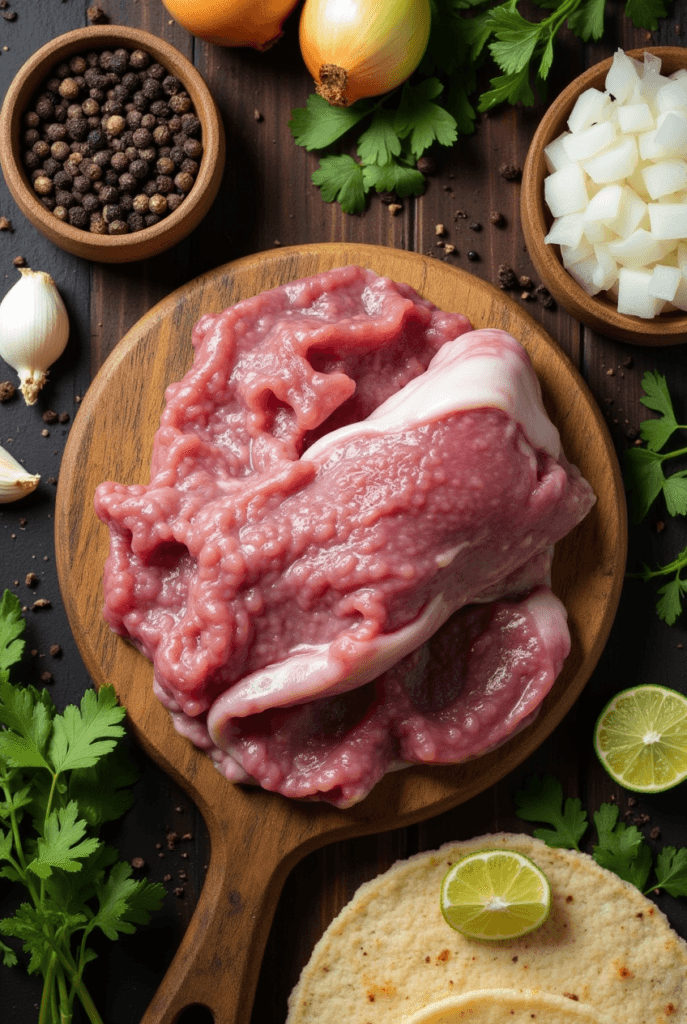
Storing and Reheating Tips
Storing: Let leftovers cool all the way to room temperature. Keep in an airtight container in the fridge for up to 4 days.
Freezing: Slice the tongue and place it in a freezer-safe bag with a bit of broth. It keeps well frozen for up to 3 months.
Reheating: To reheat, simply pan-fry the slices until warm or microwave with a splash of broth to maintain moisture.
For best results, reheat only what you plan to eat to preserve texture and taste
Cow tongue in Spanish From DelishDish!
Cow tongue in Spanish: Best 4 tips for beginners
Course: main courseCuisine: MexicanDifficulty: Easy6-8
servings10
minutes3
hours320
kcalWondering how to prepare cow tongue in Spanish dishes? Discover 4 must-know tips to get it just right. Learn the secrets now.
Ingredients
1 whole cow tongue (approx. 3-4 lbs)
1 onion, quartered
5 cloves garlic
2 bay leaves
1 tablespoon black peppercorns
Salt to taste
Water (enough to cover the tongue in pot)
Directions
- Clean the Tongue: Rinse the cow tongue thoroughly under cold water. Use a knife to remove any visible debris or fat.
- Boil for Tenderness: Place the tongue in a large stockpot and add water until fully covered. Add garlic, onion, bay leaves, peppercorns, and salt.
- Simmer Slowly: Bring to a boil, then reduce heat and let it simmer for 2.5 to 3 hours until tender. A fork should easily pierce the thickest part.
- Peel the Skin: Once cooked, remove the tongue and let it cool slightly. Peel off the tough outer skin using your fingers or a small knife.
- Slice or Shred: Cut into thin slices or shred with a fork, depending on your recipe preference.
- Season and Sear (Optional): For extra flavor, sear the slices in a hot pan with a bit of oil until lightly crispy.
- Assemble and Serve: Serve on warm corn tortillas with your favorite toppings like onion, cilantro, and salsa.


Notes
- Tender & Flavorful: Slow-cooked cow tongue becomes incredibly tender with a rich, beefy flavor.
Budget-Friendly: A cost-effective alternative to premium beef cuts, offering great value.
Versatile: Perfect for tacos, burritos, or rice bowls with fresh toppings
Conclusion
Sample cow tongue in Spanish may sound like you’re moving beyond your culinary comfort zone — but that’s where the magic lies. It’s as delicious as it is budget-friendly, steeped in tradition. Whether you’re making tacos, rice bowls, or eating it on its own, lengua is a great way to add something new (and seriously delicious) to the table.
Armed with the tips and steps we’ve given you, you’re ready to tackle this recipe with confidence. It’s easy enough for a beginner, really satisfying, and a great conversation piece. So you’re ready to wow your family or shock your food-styling friends? Now is not the time to be like, ‘Not eating cow tongue’ in Spanish — and thank us later, your taste buds will.
FAQs : Cow tongue in Spanish
Frequently Asked Questions (FAQs) About Cow Tongue in Spanish
What is cow tongue in Spanish?
Cow tongue in Spanish is called *lengua de res*, a traditional dish popular in Latin American cuisines. It is known for its tender, juicy texture when slow-cooked and is often used in tacos or served as a main dish.
How do you cook cow tongue in Spanish?
To cook cow tongue in Spanish, you must simmer it for several hours with aromatics like garlic, onion, and bay leaves until it becomes tender. Afterward, peel off the skin and serve it in tacos or other dishes with your favorite toppings.
What does cow tongue taste like?
The taste of cow tongue is mild, beefy, and rich. It has a tender texture similar to braised brisket, with the flavor absorbing the spices and aromatics it’s cooked with.
How long does it take to cook cow tongue?
Cooking cow tongue in Spanish typically takes around 2.5 to 3 hours to ensure it becomes tender. The slow simmering process is crucial for breaking down the meat and achieving that melt-in-your-mouth texture.
What can I serve with cow tongue in Spanish?
Cow tongue is often served with warm corn tortillas, fresh cilantro, diced onions, lime wedges, and salsa. It pairs perfectly with Mexican rice, refried beans, or grilled vegetables.
Is cow tongue healthy?
Yes! Cow tongue is a great source of protein, vitamins, and minerals. It’s also relatively low in fat, making it a nutritious and hearty choice for your meals.

